The Science of Reading or Scam?
The ‘Science of Reading’ (SoR) is an increasingly common term but what does it means and is it real?
By Gail Northcote
Special Education Consultant
The Reading League defines the Science of Reading as “a vast, interdisciplinary body of scientifically-based research about reading and issues related to reading and writing”.
It is a term that is often used incorrectly or only in part. There is agreement about what elements are included in the science of reading but this is still a relatively new field. However, there is a growing amount of ongoing collaborative research and brain-based evidence that is worth investigating.
(continued from email …)
The Australian Education Research Organisation describes the science of reading as:
“The body of evidence that encompasses multi-disciplinary knowledge from education, linguistics, cognitive psychology, special education and neuroscience.”
We all agree that reading proficiency is fundamental to a student’s success at school and beyond. What we don’t agree on is what should be done when a student’s literacy trajectory does not develop to proficiency. If we did, there would be a clear path to follow, teachers would be better equipped and less students would be let down. There would be no room for those ‘experts’ and programs that promise a ‘cure’ for dyslexia or a quick fix. Parents would not be left guessing and find themselves on such a difficult journey.
The science of reading is a field of study that examines how children learn to read. It is based on decades of research and evidence, and it has helped to develop effective reading instruction methods. However, change is slow.
A scam, on the other hand, is a fraudulent or deceptive scheme. It is offered with empty promises of success over short times without following the research. It is very tempting for desperate parents.
Cognitive science explains that, unlike speaking, reading is not innate. Instead, neural pathways are developed along the innate pathways for language and visual recognition. Reading is an exercise in brain plasticity. It requires making connections that oral language does not require. Reading needs to be explicitly and systematically taught according to recognised structures to those students whose brains do not make the links. It requires a response to intervention to suit the learner, according to how they learn.
For the last 25 years, a vast amount of research has gone into how we read, including brain imaging. Good reading, at a cognitive level, requires strong phonological skills. When reading goes well, the brain is able to use the same machinery as language and build circuits in order to adapt and read quickly and fluently. Children who struggle do not have the same connections in the brain and use compensatory strategies, leading to inefficient reading. Dyslexia involves different areas of the brain, meaning that it can present in different ways with different outcomes. Appropriate treatment reorganises the brain circuits through explicit links with drill and repetition. Even so, due to brain differences, some students may not respond well. The research is ongoing.
The brain is complex and there can be many contributing difficulties. Intervention needs to take into account the impact of comorbid conditions such as (but not only) ADHD (45% of children with ADHD have literacy problems), anxiety (compounds and is compounded by learning difficulties) and autism.
As a parent, or a teacher, how is it possible to tell the difference and ensure that students are offered intervention that is based on research and evidence?
- Look at the research. Look for evidence. The science of reading is based on research and evidence. For example, The National Reading Panel Report was a comprehensive review of the research on reading instruction that was conducted by the National Institute of Child Health and Human Development (NICHD). The report found that systematic phonics instruction is an effective step in teaching children how to read. See more links below.
- Beware of quick fixes. Effective literacy intervention is not a quick fix. It takes time, effort, a number of strategies and a lot of repetition. It will not be quick and it will not be easy.
- Ask questions. Ask about the research, the scope and sequence of the intervention, the order of what is taught, the qualifications and experience of the people who developed or wrote the program.
- Sequence. The order in which concepts are taught is important.
- Repetition. A child is unlikely to make progress without enough repetition.
- Is there a response to intervention? If the intervention is not working, can adaptions be made?
Any program that claims to follow the science of reading, should include explicit, systematic instruction in:
- Phonemic awareness
- Phonics
- Fluency
- Vocabulary
- Comprehension
Want to know more? Start here:
- 2023 documentary by Jenny Mackenzie, ‘The Right to Read’;
- Emily Hanford’s Podcasts on ‘Sold a Story’;
- Other Podcasts: Melissa and Lori Love Literacy; Science of Reading by Amplify; A Novel Idea: The History of the Science of Reading Movement
- TED Talks: Can we Afford to Ignore the Science of Reading by Melissa Hostetter;
- Haskins Global Literacy Hub www.haskinsglobal.org ;
- The Windward Institute www.thewindwardschool.org;
- The Florida Centre for Reading Research www.fcrr.org;
- Social Media www.understood.org;
- Dyslexia associations around the world.
If you found this article helpful, subscribe to Literacy Foundation for Children News.
To view more articles that may be of interest to you, click here.

